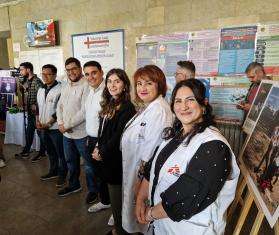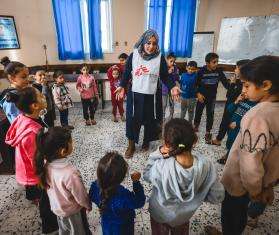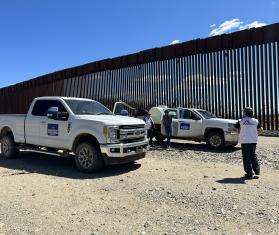More than 22 million children worldwide did not complete basic childhood vaccinations in 2012, and an estimated 1.5 million children aged under five die every year from vaccine-preventable diseases.
Shipping and storing vaccines in a “cold chain” in the tropical heat of many resource-limited countries—whereby the vaccine is kept at temperatures between 2°C to 8°C from the point of manufacture until reaching the recipient—is a tremendous challenge and a major cause of poor immunization coverage rates. Ministries of Health and organizations such as Doctors Without Borders/Médecins Sans Frontières (MSF), which carry out vaccination in developing countries, struggle with the immense task of keeping vaccines within the recommended temperatures in contexts where infrastructure is weak and electricity supply and refrigeration unstable.
Growing evidence shows that some vaccines can be safely kept outside the cold chain for certain periods of time. This more flexible use of the cold chain is called the “controlled temperature chain” (CTC) or a “flexible cold chain.” This approach has considerable potential benefits, including cost savings, preventing vaccine damage caused by accidental freezing, and, most importantly, making it easier to reach children living in remote places who would otherwise remain unvaccinated. However, very few vaccine manufacturers have released information on, or further studied, the stability of their vaccines outside the typical recommendation of keeping vaccines at between 2 to 8°C. This is in part because there is little to no need for a more flexible cold chain in wealthy countries, where refrigeration is unproblematic, and therefore there is little incentive for companies to pursue this matter. It is crucial that manufacturers, regulators and national immunization programs work towards evaluating and approving the use of vaccines in a CTC where possible.
In many places, you can often arrive at a health center—a place that should be buzzing with children—to find it is totally empty, no staff or anything. You understand why when you see that the fridge to store the vaccines is broken and no child has been vaccinated in months.
Dina Hovland





